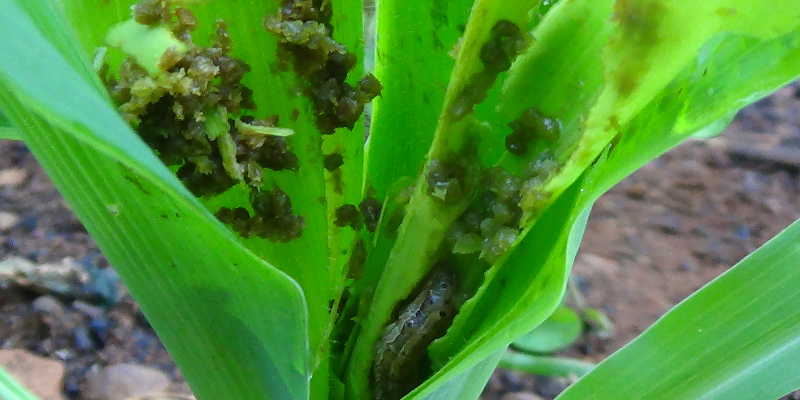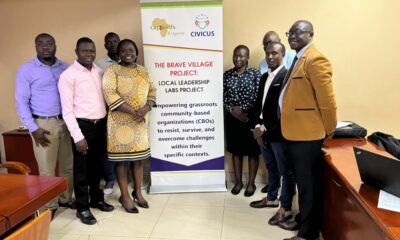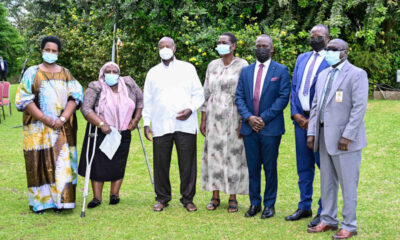News
US offers half a billion in prize cash to fight Army-worm

The monster hides deep in the head of the maize crop that it’s hardly visible during day. It ressufaces at night to devour the host
The United States Agency for International Development (USAID) has stepped up the fight against the Fall armyworm by offering a cash bounty to any individual or organisation that come up with a lasting solution to the menacing pest that has destroyed maize fields and increased the risk of hunger across the Sub-Saharan region.
The USAID warned last week the pests threaten the livelihood of millions of African farmers.
“It is targeting maize, a vital staple crop for many families in Africa, and we are calling up on our partners to mobilize their solutions to work with us to control fall armyworms,” said Regina Eddy, coordinator of the Fall Armyworm Task Force at the USAID Bureau of Food Security.
The agency is offering a prize of $150,000 (Approximately UGX555m) for the most viable solution. This includes two awards of $75,000 to the “most promising” solutions, and two awards of $50,000 to an “early stage” solution that shows the most potential.
“USAID is looking for the best ideas, best digital tools to combat the pest and disseminate information and technology to help farmers manage it,” Eddy said.
Agriculture experts say the fall armyworm – the larvae of a type of moth – could cause more than $13 billion in crop losses in Africa this year. The moths are comfortable with hot climates and can travel hundreds of miles per day when carried by wind.
The pests originated in the United States, where they usually attacked crops during the autumn months. In Africa, experts say they could attack throughout the crop cycle and might deserve a new name.
The lava mainly consume maize, the staple food in some 300 million homes across the continent, but USAID says they attack 80 other types of crops, including sorghum, cotton, rice and sugar cane.
Last year, some African farmers trying to save their crops had to remove the pests by hand.
Armyworms have been identified in more than 35 sub-Saharan African countries in the past year.
“We are still tracking the prevalence, and that may increase,” said Eddy. “It has just arrived, it is setting up its habitat.”
Currently, scientists are researching pesticides, landscape management methods, varieties of maize and genetically modified crops that might stop the pests from consuming crops.
USAID says the final prize winners and money will be announced at the end of 2018, and individuals can apply for the prize at the following link.
Solution at hand
The challenge appears likely to be scooped up by scientists or research institutions which have the technical capacity and know-how to analyse the pests and possibly come up with solutions.
In fact, a new Genetically Modified maize variety that was developed by the Water Efficient Maize for Africa (WEMA) project with support from a number of International organisations, has emerged as a viable solution to the fall armyworm.
Dr. Godfrey Asea, the Principal Investigator of the WEMA Uganda project confirms that the new maize variety has proved successful in controlling fall armyworm at trial sites in Kasese, Namulonge and several other locations in Kenya.
Clet Wandui Masiga, an independent scientist working with the Director of Tropical Institute of Development Innovations (TRIDI) revealed that the Fall Armyworm caused more than UGX550 billion in losses to Uganda farmers in 2017.
Comments

























